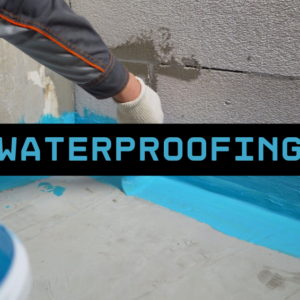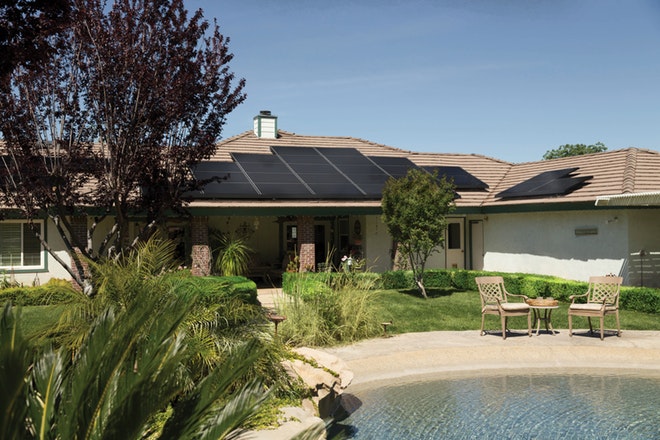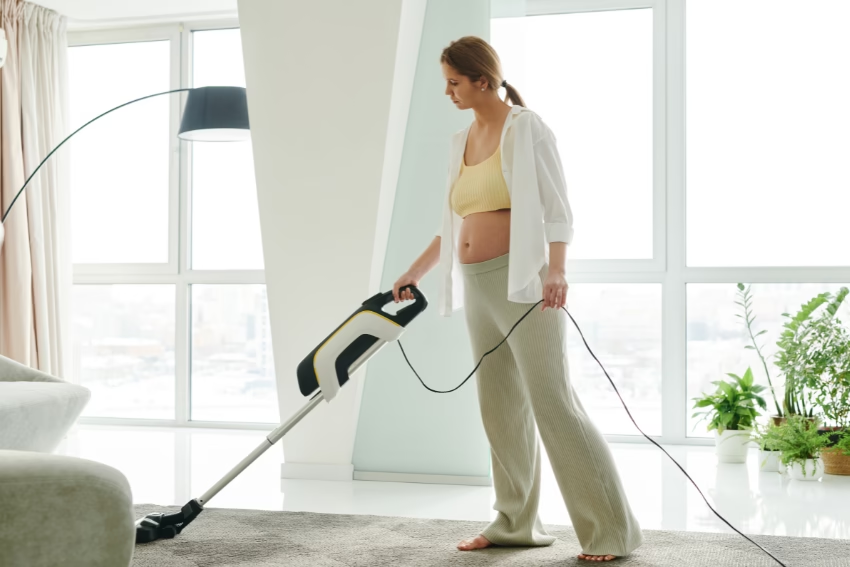Succulents have become a popular darling of garden lovers and interior designers due to their beauty and the fact that they require very little attention. It does not require much to be taken care of hence a good plant for those who have a green finger as well as those who don’t. If you are looking to develop the indoor collection of succulents or just want to transform the outdoor environment, these tips will useful to grow succulents.

In this article, you will be able to know how to choose the right species, choose the right type of soil and sunlight, and the watering habits to grow succulents. Here are some details on how you can easily enhance your space with these wonderful plants and have the textured feel that they will bring in your home, offices or any area of your choice.
What Are Succulents?
Before moving to cultivation practices, it is good to uncover the parameter that defines the succulents and the variability of the succulent species. Succulents are types of plants that are characteristic of the hot and dry environment. They are characterized by their capacity for water storing, which is vested in their thick and fleshy content in their leaves, stems or roots. This adaptation enables them to live in communities characterized with low levels of rainfall.
Types of Succulents
- Leaf Succulents: In these succulents, the main storage of water is in the leaves. These species range from Echeveria, Aloe and Haworthia.
- Stem Succulents: Such types of succulents contain water reserves in their stem. Some of them include Cactus, Euphorbia and several types of Crassula.
- Root Succulents: This type is used in storing water in their root systems. It is common to refer to some species, for example, Duckfoot or Kalanchoe.
Why Choose Succulents?
- Low-Maintenance: Some of the plants which require little water to grow include the succulents which are appropriate for people with a busy schedule.
- Versatility: They are produced in many forms: small and large, simple and complex, plain and colorful to enhance every form of design.
- Air Purifying: It is well-known fact that most plants are air-purifying and succulents are not an exception.
- Aesthetic Purpose: Their look makes them well suited to be used in decorations inside homes and offices.
Choosing Your Succulents
The primary way to grow succulents is by selecting the right types as mentioned below. Use appearance, light, temperature and any other factors in this case when choosing other succulents for the collection.
Popular Beginner Succulents
- Echeveria: These are easy to grow plant characterized by rosettes and come in many bright colors.
- Haworthia: It is small and likely to be grown as an indoor plant due to its small size and relatively simple requirements.
- Sedum: Stonecrop is an ideal name for these perennials are hardy succulents for the outdoor garden.
- Aloe Vera: part of the valuable succedent category, Aloe Vera is a plant that is used both as an ornament and has various curative properties.
Selecting Healthy Plants
When purchasing succulent, select the ones that have firm and well filled leaves and no signs of discoloration, spot or insects. There is nothing wrong with having soft leaves as long as they are not very soft and squishy to the touch, bringing about signs of overwatering or rot.
Essential Supplies
General knowledge on how to grow succulents is fundamental and requires a number of important items for its practice. Here’s what you’ll need:
- Pots and Soil: The soil needs adequate drainage through pots when cultivating manface plants since water-logged conditions should be prevented. A cactus or succulent potting mix represents the perfect choice for manface plants because they need excellent drainage together with anchorage while also demanding limited rooting surfaces.
- Sunlight: Succulents need bright, indirect light. An ideal site of location should be that which has a south-facing window most of the times.
- Watering Can: Because of its narrow spout, the watering can efficiently limit the amount that is to be disbursed.
- Fertilizer: During the growing period which is spring and summer it is recommended to use the balanced water-soluble fertilizer diluted to ½ strength.
Planting Succulents
Succulents require proper planting techniques to grow even though planting them remains easy. Here’s a step-by-step guide:
- Prepare the Pot: The prepared pot requires drainage holes placed at the bottom to avoid water accumulation. The key element in succulent and cactus potting mix emerges from the plant adaptations to dry conditions in its natural habitat.
- The Location of Succulent: Succulents should be planted in a hole that matches the size of the root ball while remaining slightly larger in soil dimension. Insert the succulent into the dug hole.
- Soil Backfill: Again, fill the hole with soil while ensuring that you are gently applying pressure to the surrounding region of the plant.
- Water Sparingly: Water your succulent after planting it and ensure that you do so with a lot of care. Therefore, this means that the soil to be watered should be allowed to dry before it is watered again.
Caring for Your Succulents
Proper care during planting time ensures succulent plants grow for their health benefit. Here are key care tips:
Watering
- Frequency: Water succulents deeply but infrequently. The next water session should provide water to your plant only after the soil surface appears dry to touch.
- Application: Succulent plant owners should apply water by pouring it next to the plant stem while keeping the leaves dry to prevent crop decay.
- Seasonal Changes: The amount of water required depends on seasonal changes because succulents become less active in winter so decreased watering should be used.
Light Requirements
- Indoor Succulents: It should be placed in a area that has at least six hours of partially shaded sunlight.
- Outdoor Succulents: Ensure it is placed in the morning and during midday, may be moved to an area with less sun.
Temperature and Humidity
- Temperature: Most succulents prefer being grown at temperatures between 60°F to 80°F (15°C to 27°C).
- Humidity: Low humidity is favorable to them. This is true since exposure to humidity results in rotting of the fruits.
Fertilizing
- Frequency: Apply every month when it is in the growing period with a diluted balanced fertilizer.
- Over Fertilization: One mistake is over-fertilizing the plant as it may lead to a scorched foliage or rapid, weak growth.
Pruning and Propagation
- Pruning: The lifeless or deformed leaves or some part of the plants be pruned off so as to stimulate the plant into producing fresh foliage. Some bushes are leggy and much of this should be removed to keep the bushes in shape.
- Reproduction: Through vegetative means since they can be propagated from a leaf cutting or an offset. Sprout the leaves or offsets on the top of the soil if it has own sight the remains so place these somewhere bright and let them to grow roots.
Common Problems and Solutions
Despite the appropriate management, some problems may be experienced in succulents. Here’s how to approach some of the issues that have already been stated:
- Overwatering: Caused by flooding of the root area. This implies that the pot must have drainage and one should wait until the soil of the plant dries before again watering it.
- Diseases: There are a few diseases that are common in the development of this plant; however, one has to look out for aphids, mealy bugs and spider mites. Mite infestations must also be treated using insecticidal soap or neem oil.
- Sunburn: The excessive exposure to sun light affects the coloration of the leaves. This should be done gradually to avoid causing damage to the succulent and making it vulnerable to the sun.
- Rot: can be mainly attributed to either over flooding of the plants or poor drainage of water. It is a general advice to remove affected parts and rebuild a new plant from the healthy stem and also advised to redirect watering technique.
Designing with Succulents
Succulents can be used in all types of design if incorporated according to the design theme of a particular home or office. Here are some ideas:
- Terrariums: Create miniature landscapes in glass containers.
- Hanging Baskets: Add charm to your interior decoration with flowerpots with succulents.
- Succulent Plants: Plants belonging to the succulent category should receive placement outside in landscape gardens built from rocks.
- Tabletop Displays: Arrange succulents in trays or pots for a modern, minimalist look.
Conclusion
Caring for succulent plants provides people with an entertaining and meaningful hobby that delivers complete satisfaction to beginners. Succulents make outstanding choices because they require low attention along with their attractive appearance which benefits people looking to add greenery to their homes.
If they are properly cared for with the help of the recommendations mentioned in this breakdown, your vigorous and healthy succulents will certainly become cherished possessions.
Regardless of the level of expertise of the gardener, indoor or outdoor, succulents are indeed a myriad. This is the case because one can try different varieties, experiment with different kinds of designs and just enjoy the process of growing these tough plants. Happy gardening!






